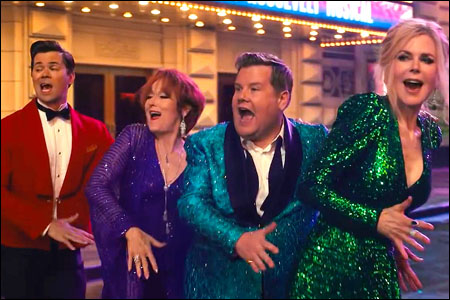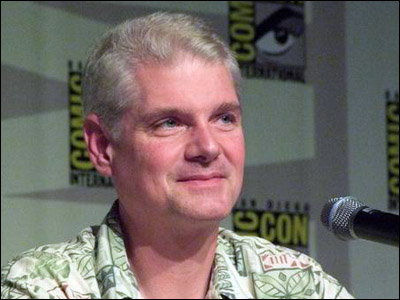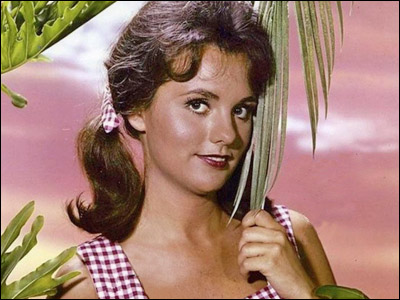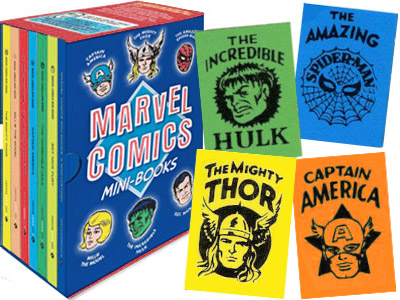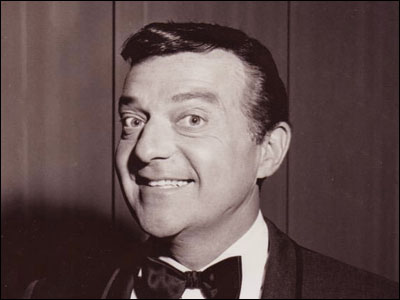This comes to us from Brian Dreger…
Who comes up with the breakdown for the color of every page of a comic book? Is it the artist? Or does the colorist just do what they want? For example, on a given page of Mister Miracle, did Jack Kirby also indicate the color of every explosion, every building, and every weird bit of machinery? Or does someone else do that?
And if the artist does do that — and if the artist is said to average two pages a day, does that average include the color breakdowns? Or just the drawing itself? I've been noticing how complicated some Mister Miracle pages are with the various elements in each panel, and I've never quite understood who is responsible for making those decisions.
These days, comic books are drawn and colored via a wide variety of methods. Back before about 1980, there were very few printers who did them and before computers, really only one way the coloring was done. It involved someone coloring a print-size stat of each page roughly as a guide for folks who would do hand-cut color separations. Nowadays, we have infinite variations, though most involve Adobe Photoshop.
That said, generally speaking, the artwork for a comic book is created by a person who draws the pages out in pencil, a person who finishes those drawings in real or virtual ink, a person who applies the lettering and a person who applies the coloring. Someone may do one or more of those functions or it may be up to 2-4 different people.
And if one person does two or more of those steps, they may not see them as separate steps. If you hired my old friend Doug Wildey to produced finished color art, he would just sit down and jump back and forth between pencils and brushes until finished color art had emerged. And he might even have done the lettering, even though he felt he wasn't a great letterer, because the whole process worked better for him if he didn't stop in the middle and send part of it out to someone else.
(Quick aside: One of these days, I'm going to write an essay here about how I feel the "assembly line" method of creating comics has often worked to their detriment. It helped the material at times but I think there were certain projects and certain artists that would have benefited from, for example, more artists inking their own work…or the various parties working together instead of individually through an editor.)

In most cases, the coloring is done by a person uninvolved in the other steps. Jack Kirby colored a few stories and covers in the fifties but only very rarely after that. He did none of it on Mister Miracle or any of his books of that era. He would write and pencil the pages and then an inker, a letterer and a colorist would do what they did. Mike Royer, who inked so much of his work so well was both inker and letterer.
Jack was only involved with the coloring of that comic in two ways. One was that as I explained here, he disliked the color scheme that DC's coloring department designed for the hero and he managed to get it changed. It was a struggle but he got it changed.
And his other involvement was that he kept saying that he disliked almost everything else that DC's coloring department did. He eventually gave up complaining because it didn't do any good…but he never liked it.
Like anything else in the creative arts, there are arguments and different viewpoints. I've worked on comics where the penciler loved what the colorist did and the inker was horrified and threatened to quit if we didn't get a new colorist. I was writer-editor once on a comic where the artist and I both loved a colorist I'd hired. So did the executive editor of the company. But the head of the firm's coloring department insisted on replacing that colorist…and we wound up doing so because the executive editor felt he couldn't overrule a department head.
To answer the last part of your question: Two pages a day is only a vague estimate of how much work an artist outputs…and of course, some artists are way faster than others, some only pencil, some only ink, some do both, etc. And coloring a page can take a little time or a lot, depending on how detailed the coloring is, what method is being used, how proficient the color is with Adobe products, whether he or she is laying down flat color or trying to do very detailed work with lots of shading and texture…and soon. So the answer is that there is no real answer.

